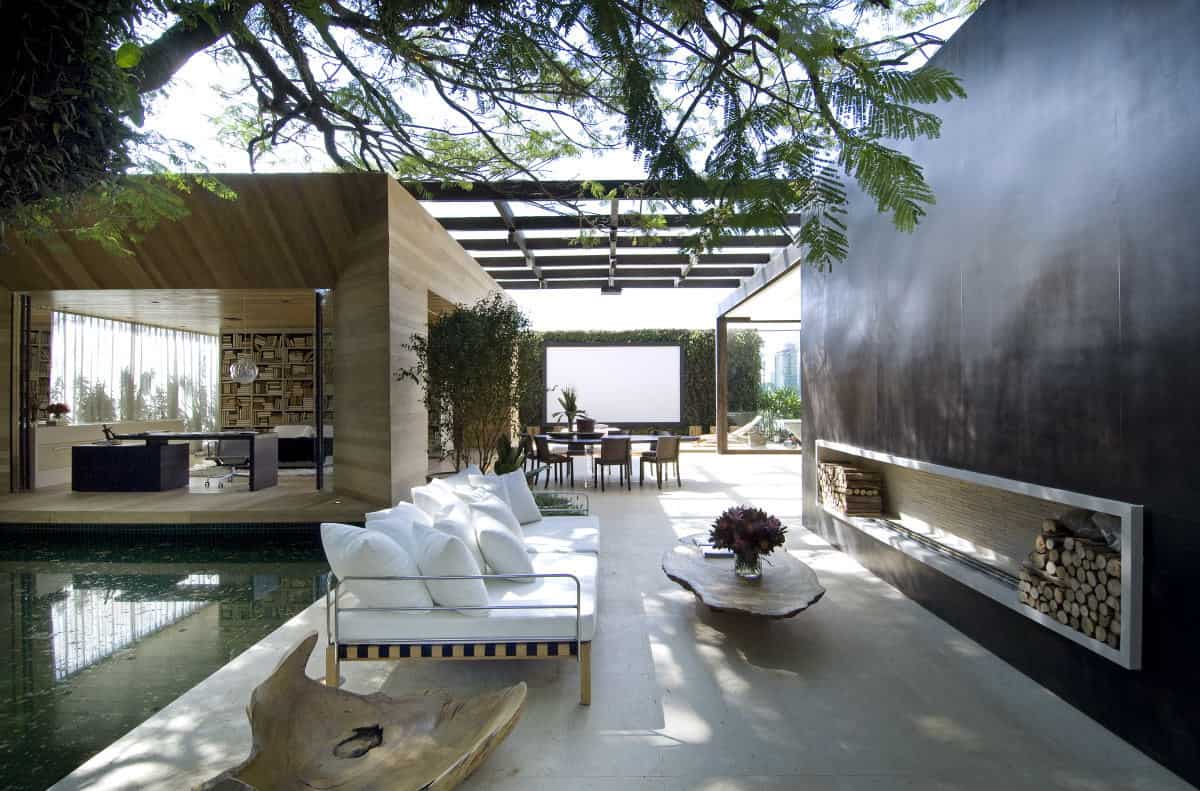Achieving a smooth transition between indoor and outdoor areas is a sign of great skill in the field of interior design and architecture. A building’s curb appeal and the quality of life inside are both improved by the deliberate blending of outside and inside design components. We’ll take a look at some fresh ideas and fundamental concepts that may help us combine outdoor aesthetics with interior design and architecture in this article.

Creating a stylish and, most importantly, high-quality interior and exterior requires large financial investments. If you find yourself in a situation of insufficient funds, you can take out a loan from online services like Payday Depot, where you can get credit funds for any needs.
Fluid Spatial Transitions
Creating seamless spatial transitions is a vital component of harmonizing inner and external environments. It’s becoming more common for designers and architects to use an open-concept approach that makes it difficult to distinguish between interior and outdoor spaces. Enormous glass doors, movable walls, and well-positioned windows let in plenty of natural light while providing expansive views of the surroundings.
Nature-Inspired Interior Design
Interior design ideas inspired by nature may help bring the outside inside. Using organic elements like wood, stone, and eco-friendly textiles promotes a physical and visual link with the outside world. To bring a feeling of nature within, think of including living walls, indoor plants, or even water elements.
Outdoor Living Spaces
The idea of outdoor living areas has become more popular in recent years. Creating visually beautiful and useful outside spaces, such as decks, patios, and gardens, expands the living area outside the building. Carefully choosing the furnishings and adding thoughtful landscaping may turn these spaces into cozy havens that flow in well with the overall design scheme.
Cohesive Material Palette
Keeping the same material palette inside and outside of places helps create a coherent design language. Maintaining a feeling of continuity via the consistent use of materials, colors, and textures makes the shift from one room to another seem purposeful and natural. This method improves the overall layout.
Climate Considerations
A careful assessment of climate is another necessary component of a well-integrated indoor and outdoor environment. The utilization of shading mechanisms, outdoor heating systems, and ventilation techniques, among other climate-responsive design techniques, guarantees comfort all year round. With this method, residents may make use of both indoor and outdoor areas, no matter what the weather is like.
Final Thoughts
The pursuit of harmony is a guiding concept in the ever-changing fields of outdoor aesthetics, interior design, and building. Architects and designers may create spaces that go beyond what is usual by including climate-responsive techniques, outdoor living areas, a consistent material palette, nature-inspired architecture, and smooth spatial transitions. Welcoming a new age of integrated design, the result is an all-encompassing and immersive living space where the boundary between the inside and outside becomes attractively blurred.

